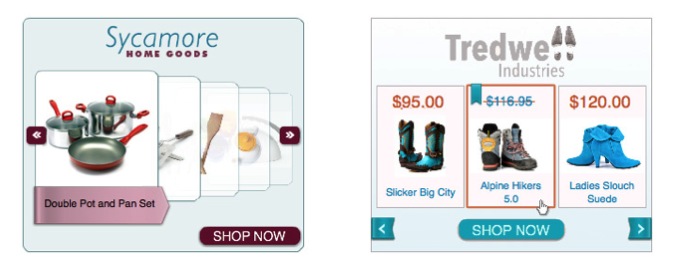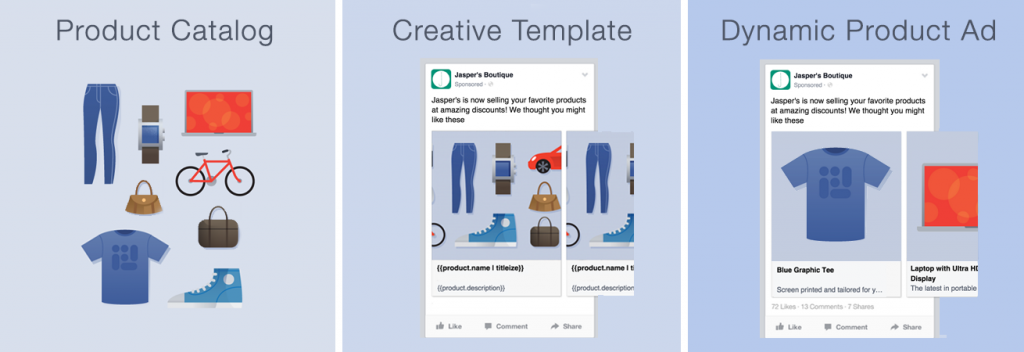This holiday season, we saw the best spending growth over the last six years; online shopping specifically saw a 19.1% increase when looking at the year before.
With the beginning of the new year, however, most online retailers are no longer seeing the week-over-week revenue growth they had been over the past few months.
Instead, those same online retailers are preparing for a slow post-holiday slump like they saw in 2017—and most years prior. Last January, ecommerce businesses in the United States saw a 29.5% decrease in non-store spending comparing the peak holiday month of December to the month before.

So… how are online retailers going to make this year different than the last?
The answer is by cross-selling your other products to the large customer base you grew over the last few months.
Cross-selling is the practice of selling similar products you offer to customers who have already made a purchase. This type of practice is a good way to keep your return higher because your remarketing to customers who have already shown purchase intent with your products.
Here are a few ways to start cross-selling.
1. Dynamic Remarketing Cross-Selling in Google Ads
One of the most prevalent types of advertising, dynamic remarketing ads are a great way to get your products in front of people who have previously visited your site.
Most commonly, these types of ads are used to entice customers to make a purchase they have shown interest in, but haven’t made yet, such as showing you the three or four specific shoes that you were looking at a couple of days ago.

What you may not have considered, however, is that you can use remarketing ads for more complex marketing strategies.
One way that you are able to use this ad format in Google Ads is by tailoring it to a cross-selling campaign. You can use this campaign to retarget customers who have made a purchase and show them similar (or complimentary) products to the ones they purchased.
For example, if your selling hair care products and someone purchases a bottle of your organic shampoo on Black Friday, you could target that user and show them the matching organic conditioner in your product mix to generate more sales.
2. Facebook Carousel Ads and Instant Storefronts
Using a social platform—especially one as powerful as Facebook—allows you to get back on your customers’ radar without them actively searching for you.
Using Facebook Dynamic Ads to cross-sell your products is a good way to show past customers products that they may not have known you provide. This is an area where search ads would fall short.
Facebook understands that more and more advertisers are having success with cross-selling products with dynamic ads, so they have set up smart campaigns where that is the main goal. To get started, you need to break your products down into two product sets.
The first product sets is the remarketing set and the second set is the products that are similar to that first set.

For example, if you’re selling dog supplies online and one of your top-selling products is an organic dog treat, you would set up the first product set as that dog treat. For the second product set, you would include other items that you think dog owners would also purchase for their dog. This way, when you set up the campaign in Facebook, you can tell the interface to show ads including any combination of those products in the set to anyone who has made a purchase within so many days.
Want to start running dynamic cross-selling ads?
3. Mailchimp Product Recommendations
Email remarketing is one more channel to reach back out to your customers in a way where they aren’t actively searching for your products.
Similar to Facebook, Mailchimp understands that more and more of its users are using email marketing to get the users back on their site and purchase other products that were similar to what they last purchased.
With Mailchimp’s new Product Recommendations campaigns, they take all the work out of manually sending out what products you think that customer would want to purchase by automating the process.
If your ecommerce platform is one of the many that have an integration with Mailchimp (Salesforce, Shopify, WordPress, etc.), all you need to do is tie the two together. Once Mailchimp has that data, they rank up to 10 products to show to a customer. If there isn’t enough data, they show the top selling products.

The other thing you can do with these product recommendations is attach them as a content block to other emails you currently have running.
If you have an abandoned cart email targeting post-holiday shoppers, try adding recommended products to the email to expose customers to more products that might entice them to come back to the site.
Depending on your product mix or the service you provide online, there are many different ways to be creative heading into this post-holiday season. The main goal is to try something new this year to see if you can improve your numbers from last year.
And what better way then to target those customers who have already shown an interest?




















